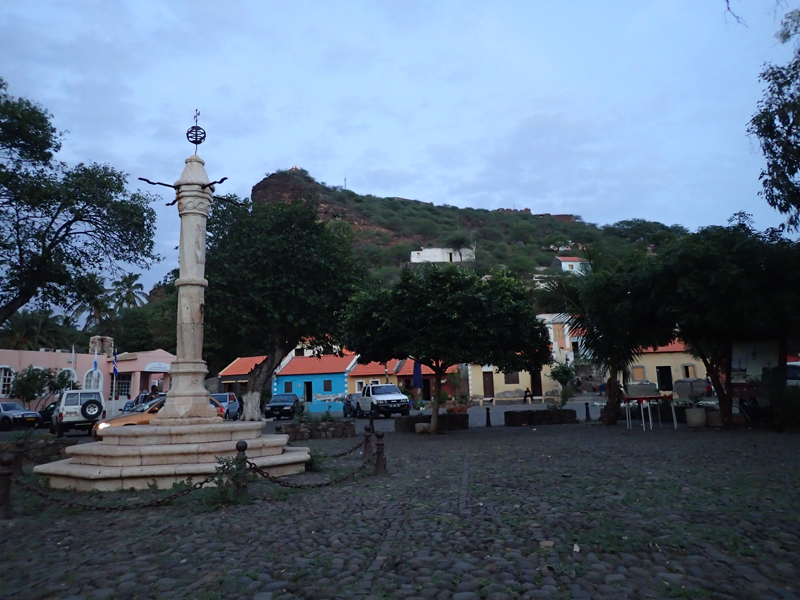
Abolition of Slave trade and ownership
A brief history
1761 Portugal: The Marquis of Pombal bans the importation of slaves to metropolitan Portugal.
1773 Portugal: A new decree by the Marquis of Pombal, signed by the King Dom José, emancipates fourth-generation slaves and every child of a slave mother born (the child) after the decree was published.
1775-1783 United States: Atlantic slave trade banned or suspended.
1787 Sierra Leone: Founded by Great Britain as a colony for emancipated slaves.
1787 Great Britain: Society for the Abolition of the Slave Trade founded in Great Britain.
1788 Great Britain: Sir William Dolben’s Act regulating the conditions on British slave ships enacted.
1794 United States: The Slave Trade Act bans both American ships from participating in the slave trade and the importation of slaves by foreign ships.
1800 United States: American citizens banned from investment and employment in the international slave trade in an additional Slave Trade Act.
1802 France: Napoleon re-introduces slavery in sugarcane-growing colonies.
1804 Haiti: Haiti declares independence and abolishes slavery.
1807 United States: International slave trade made a felony in Act Prohibiting Importation of Slaves; this act takes effect on 1 January 1808, the earliest date permitted under the Constitution.
1807 United Kingdom: Abolition of the Slave Trade Act abolishes slave trading in British Empire. Captains fined £120 per slave transported.
1807 United Kingdom: Patrols sent to the African coast to arrest slaving vessels. The West Africa Squadron (Royal Navy) is established to suppress slave trading; by 1865, nearly 150,000 people freed by anti-slavery operations.
1812 Spain: The Cadiz Constitution gives citizenship and equal rights to all residents in Spain and her colonies, excluding slaves. Deputies José Miguel Guridi y Alcocer and Agustín Argüelles argue for the abolition of slavery unsuccessfully.
1815 Portugal: Slave trade banned north of the Equator in return for a £750,000 payment by Britain.
1815 United Kingdom, Portugal, Sweden-Norway, France, Austria, Russia, Spain, Prussia: The Congress of Vienna declares its opposition to slavery.
1817 Spain: Ferdinand VII signs a cedula banning the importation of slaves in Spanish possessions beginning in 1820, in return for a £400,000 payment from Britain. However, some slaves are still smuggled in after this date.
1818 United Kingdom – Spain: Bilateral treaty abolishing the slave trade.
1818 United Kingdom – Portugal: Bilateral treaty abolishing the slave trade.
1820 United States: The Compromise of 1820 bans slavery north of the 36º 30′ line.
1820 Spain: Slave trade abolished by Spain
1834 United Kingdom: The Slavery Abolition Act 1833 comes into force, abolishing slavery throughout most of the British Empire but on a gradual basis over the next six years. Legally frees 700,000 in the West Indies, 20,000 in Mauritius, and 40,000 in South Africa. The exceptions are the territories controlled by the East India Company and Ceylon.
1836 Portugal: Transatlantic slave trade abolished.
1838 United Kingdom: All slaves in the colonies become free after a period of forced apprenticeship following the Slavery Abolition Act 1833.
1839 British East India Company: The Indian indenture system is abolished in territories controlled by the Company, but this is reversed in 1842.
1842 United Kingdom – Portugal: Bilateral treaty extending the enforcement of the slave trade ban to Portuguese ships south of the Equator.
1845 United Kingdom: 36 Royal Navy ships assigned to the Anti-Slavery Squadron, making it one of the largest fleets in the world.
1857 United States: Dred Scott v. Sanford rules that black slaves and their descendants can’t gain American citizenship and that slaves aren’t entitled to freedom even if they live in a free state for years.
1860 United Kingdom British Raj: Indian indenture system abolished.
1862 United Kingdom – United States: Bilateral treaty abolishing the slave trade (African Slave Trade Treaty Act).
1863 United States: Lincoln issues the Emancipation Proclamation, freeing all slaves in Confederate-controlled areas. Most slaves in “border states” are freed by state action, and a separate law frees the slaves in Washington, D.C.
1865 United States: Slavery abolished by the Thirteenth Amendment, excluding convicted criminals. It affects 40,000 remaining slaves. However, many Southern states soon enact draconian Black Codes that force freedmen into involuntary servitude and peonage.
1869 Portugal: Louis I abolishes slavery in all Portuguese territories and colonies.
1890 United Kingdom, France, Germany, Portugal, Congo, Italy, Spain, Netherlands, Belgium, Russia, Austria-Hungary, Sweden-Norway, Denmark, United States, Ottoman Empire, Zanzibar, Persia: Brussels Conference Act – a collection of anti-slavery measures to put an end to the slave trade on land and sea, especially in the Congo Basin, the Ottoman Empire, and the East African coast.
1928 Sierra Leone: Abolition of domestic slavery practised by local African elites. Although established as a place for freed slaves, a study found practices of domestic slavery still widespread in rural areas in the 1970s.
Citation: Timeline of abolition of slavery and serfdom
https://en.wikipedia.org/wiki/Timeline_of_abolition_of_slavery_and_serfdom

The Pelourinho (pillory) (1512-1520) is one of the main reminders of slavery in Cape Verde. It is where slaves accused of disobedience were chained and punished. Although one of the smallest monuments in Cidade Velha, it is of great significance as living proof of the subjugation of black people over centuries. Made of white marble, it was one of the first monuments restored in the 1960s with further restoration in 2003.




